5. Music and Make-Believe.
There are times when we wish to believe that the world is not just the sum of the mundane facts around us, and music
can help us do that. Walt Disney, in fact, made the film Fantasia in 1940 to invite us to see images in music,
whether or not the composers had them in mind. Disney’s imagery may not coincide with ours today, but his movie still
offers a useful guide to the various kinds of make-believe that we can find in music: (1) idealization of the outer
world, (2) expression of the visions of the inner one, and (3) anthropomorphizing animals and everyday objects.
I planned this class using three clips from Fantasia as a menu for the three topics listed above. But then I
thought of the musicals Brigadoon (1947) and The Music Man (1957). Beyond the fact that we go to
any Broadway musical for escape, both these shows make escape from reality their point of arrival, and show
us how, by sheer force of belief, we can get there. They will occupy much of the second hour. rb.
The script, videos, and images will be posted immediately after class.
VIDEO LINKS
There are many clips from Fantasia on YouTube. For some reason, however, most of them use different musical renditions
to accompany the film images, and none of them is in very high definition. I have supplied links to modern orchestral performances
of the three works we saw in excerpts. These and all the other concert works linked below are complete performances. The Beethoven,
Schubert, and Berlioz, however, are cued to start where we began in class.
None of the stage works is available complete in the version I showed, but all can be rented at reasonable
price though Amazon. For Giselle, I have only a trailer of the Royal Ballet production, plus some clips
representative enough of the two acts, but not the scenes we saw. There is, however, a complete performance from
Moscow of what is essentially the identical ballet. The situation is similar for L'enfant et les sortilèges: a trailer
and one clip from the Glyndebourne production, but two complete versions by other companies. The ballet version by Jiri
Kylian is especially interesting, plus it has English titles.
Again, I would recommend renting the musicals. YouTube has only one scene that we actually saw from
Brigadoon, but I threw in a couple more. I especially recommend the documentary "The unique ending of Brigadoon,"
which does a fine job of analyzing the New York restaurant scene and the return to Scotland. There are numerous individual
clips of The Music Man out there; the list below is only a small selection.
* Asterisks indicate clips not seen in class.
| |
|
|
|
|
|
| IMAGES |
The thumbnails below cover the slides shown in class, though
there may be a few small discrepancies. Click the thumbnail to see a larger image.
Click on the right
or left of the larger picture to go forward or back, or outside it to close. |
 | |
 | |
 | |
 | |
 | |
 | |
 | |
 | |
 | |
 | |
 | |
 | |
 | |
 | |
 | |
Here are brief bios of the creative artists considered in the class, listed in order of birth.
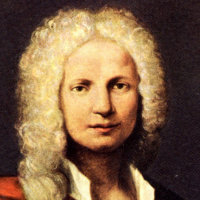 |
Antonio Vivaldi, 1678–1841. Italian composer.
U3
Vivaldi, who was ordained as a priest, but lived a largely secular life, was an amazingly prolific composer of music in most genres, including opera, oratorio, and the instrumental concerti on which his later fame mainly rests.
|
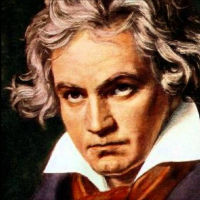 |
Ludwig van Beethoven, 1770–1827. German composer, working primarily in Vienna.
U3
The dominant composer of his time, Beethoven wrote 9 symphonies, 16 string quartets, 32 piano sonatas, and one opera, Fidelio, which he labored on in several versions between 1805 and 1814. From about 1800 onwards, increasing deafness gradually put an end to his performing career, although he wrote some of his finest works when totally deaf. He is one of the first composers to exhibit a distinct late style.
|
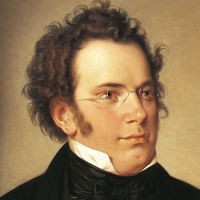 |
Franz Schubert, 1787–1828. Austrian composer.
U3
Although he died before his 32nd birthday, Schubert was extremely prolific as a composer, writing symphonies, masses, chamber music, piano sonatas, and over 600 songs, both individually and in cycles. Though little known in his lifetime, his work was rediscovered and championed by Mendelssohn, Liszt, and Brahms, making him in effect the source of the German Romantic movement.
|
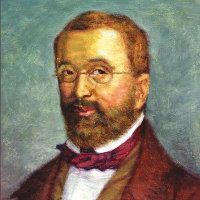 |
Adolphe Adam, 1803–56. French composer.
U3
Adam wrote 39 operas, mainly in the comic vein, but is probably best known for his score to the ballet Giselle (1841).
|
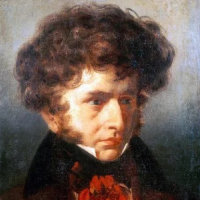 |
Hector Berlioz, 1803–69. French composer, conductor, and critic.
The leading French composer of the Romantic era, Berlioz was a master of orchestration and dramatic effect. A fervent admirer of Shakespeare (and a Shakespearean actress, Harriet Smithson), his works often have a strong literary quality that can obscure their musical craftsmanship. He was unable to get a full performance of his operatic masterpice, The Trojans (1863), but it has come into its own in recent years.
|
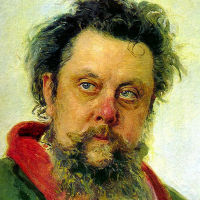 |
Modest Mussorgsky, 1839–81. Russian composer.
U3
Like many of his fellow nationalist composers among the "Famous Five," Mussorgsky had another profession, in his case as an army officer. His musical style as shown in his operas such as Boris Godunov (1869–74) and Khovanshchina (1873, unfinished) apeeared to his contemporaries as crude, and for many years his works were performed in edited editions, but recent productions have revealed the vigor of his highly original style.
|
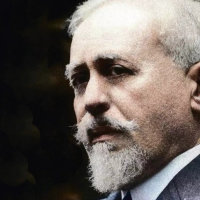 |
Paul Dukas, 1865–1935. French composer.
U3
Dukas is best-known for his 1897 orchestral piece The Sorcerer's Apprentice, especially after its incorporation into Disney's Fantasia (1940). Although he destroyed many of his works, he is also remembered by a Symphony (1896), the opera Ariane et Barbe-Bleu (1907), and the ballet Le Péri (1912).
|
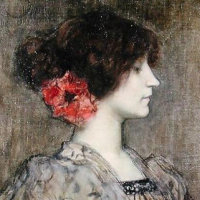 |
Colette, 1873–1954. French writer.
U3
Sidonie-Gabrielle Colette published exclusively under her last name. Under the guidance of her first husband, the publisher Henry Gauthier-Villars (1859–1931), she began writing the four Claudette novels, which became popular. But the copyright reverted to him on their divorce in 1910, and she struggled for many years as an actress before emerging as France's most famous female writer. Internationally, her best-known works are the libretto for Ravel's L'enfant et les sortilèges (1925) and Gigi, which became the basis of the eponymous film and stage musical.
|
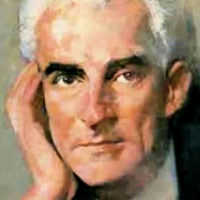 |
Maurice Ravel, 1875–1937. French composer.
U3
Though often grouped with Debussy as a musical Impressionist, Ravel was very much his own man. As a composer with a strong sense of tradition, he often wrote in older dance forms. As a virtuoso pianist, he wrote piano music of transcendent difficulty that extended the range of piano techniques. And as a master orchestrator, he enriched 20th-century music with some of its most vibrant colors.
|
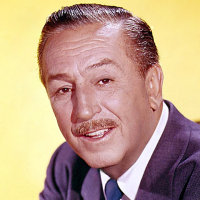 |
Walt Disney, 1901–66. American filmmaker.
U3
Disney's later entrepreneurial role as founder of a huge entertainment empire may obscure his own beginnings as an artist, illustrator, and pioneer of film animator. With Ub Iwerks, he developed the character Mickey Mouse in 1928, his first highly popular success; and also provided Mickey's voice. He began a long string of full-length animated features with Snow White in 1937. After the War, he entered the theme park industry with the Anaheim Disneyland in 1955, and branched out into live-action films with Mary Poppins in 1964.
|
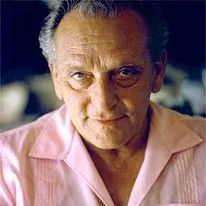 |
Frederick Loewe, 1901–88. German-American composer.
U3
Frederick (Fritz) Loewe was born in Berlin, the son of a Jewish operetta star. He was a piano prodigy, the youngest soloist to appear with the Berlin Philharmonic. In 1924 his father got an offer to appear in New York, and Fritz traveled with him, hoping to write for Broadway—an ambition that was not fulfilled until he teamed with lyricist Alan Jay Lerner and wrote the musicals Brigadoon (1947), My Fair Lady (1956), and Camelot (1960) among others.
|
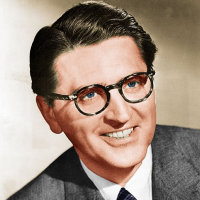 |
Meredith Willson, 1902–84. American writer and composer.
U3
Willson, who attended the predecessor of the Juilliard School, was an accomplished classical flutist who played with the NY Philharmonic under Toscanini. As a composer, he made his name with film scores, including Charlie Chaplin's The Great Dictator. His 1951 song, "It's beginning to look at lot like Christmas," has become a holiday classic. But he is best known for writing the book, lyrics, and music for The Music Man (1957), which he called his Valentine to his home state of Iowa.
|
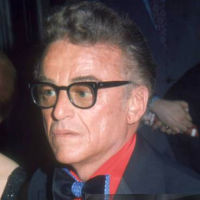 |
Alan Jay Lerner, 1918–86. American lyricist.
U3
Lerner was born in New York City, the son of a clothing retailer; he studied for a while at Juilliard and graduated from Harvard. With composer Frank Loesser, he wrote the lyrics for Brigadoon (1947), My Fair Lady (1956), and Camelot (1960) among several others.
|




























